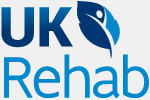Where to Get Help for Tramadol Addiction/Substance Abuse
Tramadol addiction is treatable. Programmes featuring therapies and interventions specifically designed for addiction recovery are found across the United Kingdom. The NHS supplies government-funded programmes, and private rehab facilities offer specialized care for every state of addiction and recovery. Individuals seeking help can start by calling the NHS and learning about government-funded programmes. (1, 2)
An online search is a great way to find private drug and alcohol treatment programs. General practitioners and other medical staff are also good resources to point patients in the right direction to find addiction treatment. Family and friends can even make calls or send emails on behalf of a loved one with an addiction. Professionals can offer help broaching the subject to avoid a confrontation. (2)
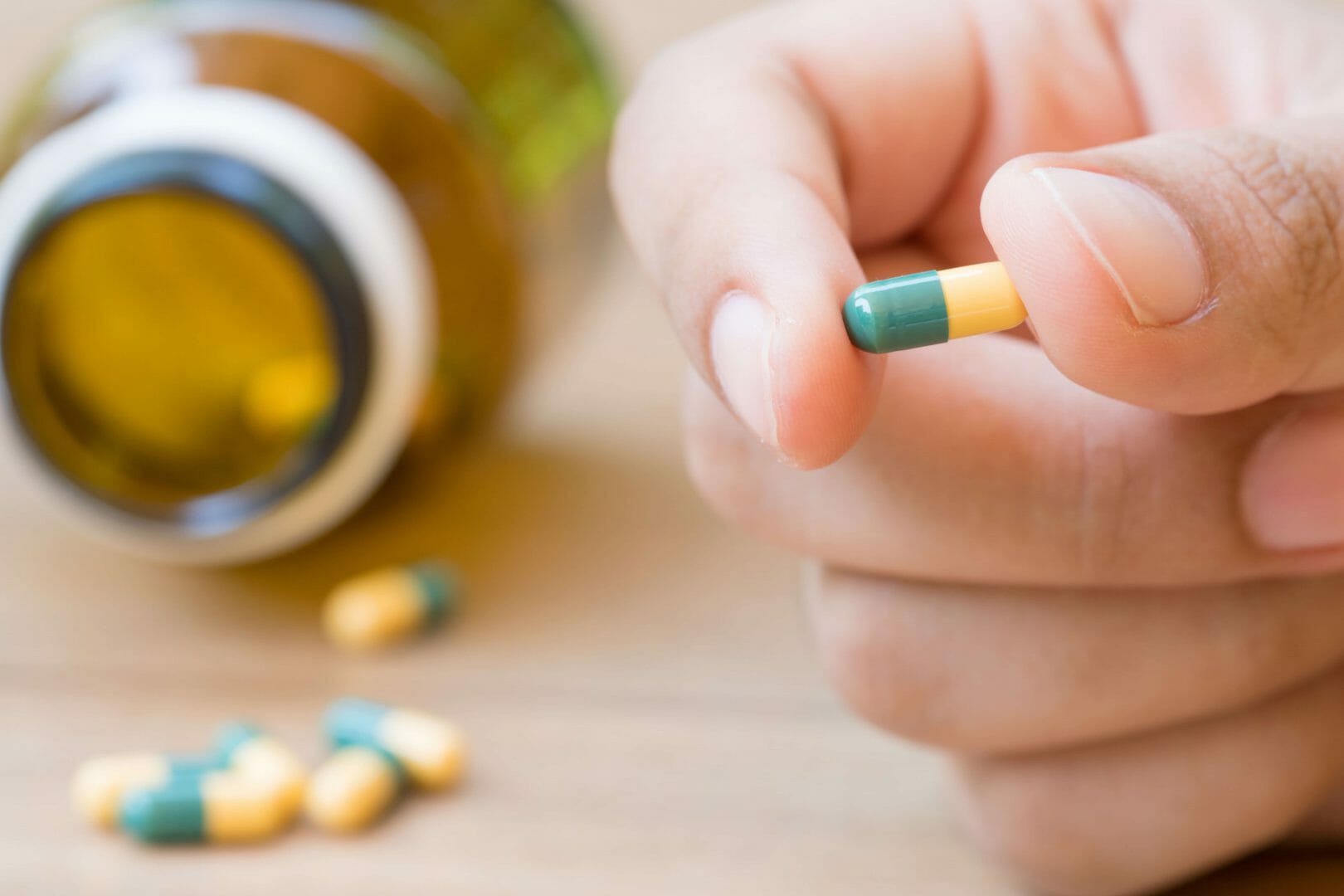
Importance of treating tramadol addiction & when to seek treatment
Opioid abuse and addiction are increasing steadily on a global scale. Tramadol has become a common addiction in the United Kingdom. It was a factor in 240 deaths in England and 40% of drug-related deaths in Northern Ireland during 2014. (1)
Tramadol was prescribed more frequently than any other opioid between 2011 and 2014. Tramadol addiction builds gradually, and individuals often find it difficult to recognize psychological dependency on the drug. (1)
Understanding tramadol addiction treatment and rehab options
The goal of tramadol rehabilitation is to overcome the psychological need for drugs. Rehab helps individuals develop coping skills and thought processes to avoid substance use and deal with tough decisions. Treatment combines several types of therapy to provide comprehensive medical and mental health care. (3)
Treatment options include medication-assisted detox, inpatient admission, outpatient services, support groups and counselling. Private and public treatment facilities are available throughout the United Kingdom. A key component of rehab is understanding the underlying causes of addiction and drug cravings. Treatment also offers help in repairing personal relationships with friends and loved ones. (3)
- Charities
- NHS Options
- Private Rehab
- Residential Care
Call our admissions line 24 hours a day to get help.
Private rehab vs free treatment options for tramadol addiction
People have to pay out of pocket for private rehab, while free treatment options are provided by the NHS. Unfortunately, drug and alcohol rehabilitation are necessary across the entire United Kingdom. The NHS has to spread resources equally among all treatment facilities, so it cannot offer as many options and services as private rehabs. (1, 3)
Private rehab provides quick admission, complete privacy, personalized treatment with the same therapist throughout the program and tailored aftercare services. Sometimes insurance policies cover private rehab services to some extent, but most of the cost is paid by individuals. People cannot use private rehab services unless they can pay for them. (1, 3)
NHS services are also confidential, and they are open to everyone. NHS treatment facilities can usually be found locally to remain close to friends and family. People often have to wait weeks or months before admission to free treatment programs, and personalized services are very limited. There is no guarantee that individuals always have the same therapist, and it may be necessary to attend several facilities for different aspects of treatment. (1, 3)
Executive/luxury rehab programmes for tramadol addiction
Luxury and executive drug addiction rehab are meant to provide wealthy individuals with opulent surroundings. The amenities relieve some of the stress associated with addiction treatment, and wealthy people feel more comfortable in environments similar to their homes. Luxury rehab is more comfortable than typical residential programmes, but the treatment options and therapy are the same regardless of the setting. (1, 3)
What Happens in Tramadol Rehab?
Inpatient treatment lasts from 30 to 90 days. People with chronic health issues along with an addiction to tramadol may need a longer stay. Treatment starts with medically assisted detox, then proceeds to intensive therapies. Therapy helps clients develop coping strategies and techniques to sustain long-term recovery. (2, 5)
The treatment process proceeds by gradually dropping the level of treatment to help clients transition to freedom and an unstructured environment when treatment is over. Many people transition from inpatient treatment to an outpatient programme. Aftercare services are available to check in with counsellors and discuss goals, progress or challenges.
Tramadol rehab admission process
The admission process starts by choosing a facility or programme and calling to schedule an appointment. Inpatient treatment means a specified stretch of time that will be entirely focused on rehab, so any loose ends and preparations for animals or bills must be taken care of before the admission date. The admission process usually involves insurance or payment information, paperwork related to medical and drug use history and providing emergency contacts. (6)
Tramadol addiction assessment
New clients meet with an admissions coordinator that is usually a therapist or a nurse. The coordinator performs a medical and psychological evaluation. The depth of planning and discussion involved depends on whether clients are intoxicated or in withdrawal when they arrive. The best rehab facilities include clients in their treatment plans and answer questions. The assessment should also include an explanation of facility expectation and rules to follow. Most facilities search belongings and confiscate phones and other communication devices. (3, 5)

Acceptance of the problem
People using substances like tramadol recreationally often have a hard time admitting to an addiction. The realization and acceptance of a problem is normally the hardest part, but admitting it to others is difficult too. Sometimes shame and denial stop people from acknowledging a problem to others even if friends, family or co-workers already suspect drug use. (7)
Full acceptance means admitting that continued use of tramadol will exacerbate problems at home, work and other aspects of daily life. Using tramadol even though it has detrimental effects on personal health or leads to dangerous situations is a strong indication of addiction. Addiction recovery always seems overwhelming at first, but there are plenty of people available to offer help and support. (6, 7)
Medically assisted/controlled detoxification
The first part of treatment is medical detoxification to clear the system of alcohol or drugs in a safe environment. Medications ease withdrawal symptoms or let clients slowly taper off a substance. The first week of detox is when the most intense withdrawal symptoms occur. Clients are introduced to supplemental services and therapy at the end of the detox period. Outpatient detox is usually done with daily appointments or medications like methadone or buprenorphine. (8)
Recovery
People experience some really good days called ‘pink clouds’ within the first few months of recovery. The ‘pink clouds’ are characterized by joy and a feeling of satisfaction. This is the stage of recovery when improvement is very noticeable. People are getting enough sleep, saving money, look and feel healthier and find joy in hobbies again. The balance of chemicals in the brain and body are starting to return to their pre-addiction state as well. (7)
One key component of recovery is recognizing complacency. It may be tempting to forget all the hard work that went into overcoming addiction and making improvements, but it is very important to remember that it was not an easy process. Relapse often starts with ‘Prelapse’. Prelapse is a condition characterized by stress and craving a drug in a difficult situation. The best way to manage a prelapse occurrence is to contact a counsellor or attend a support meeting to put the focus on recovery and abstinence again. (7)
Rehabilitation
Treatment is aimed at addiction and the underlying causes of tramadol abuse. Addiction treatment programs provide structure and security to learn coping skills and explore personal thoughts and emotions in a safe environment. Inpatient treatment programs help clients address addiction and delve into the underlying causes of drug use. (1, 8)
Co-occurring mental disorders are often discovered during inpatient treatment. Professional medical care providers and therapists provide guidance and begin treatment of any mental health disorder in addiction to substance abuse. The skills and knowledge gained through inpatient treatment provide a strong foundation for successful recovery and continuing treatment for other mental health disorders. (1, 8)
What Is an Inpatient Rehab Program?
Inpatient rehab takes place in a drug rehab clinic. Individuals in recovery live in the facility and receive round-the-clock care. Some staff at rehab clinics have experience in substance abuse themselves. Support is available day or night, and people in treatment build therapeutic relationships with staff. (2, 6)
The time spent in an inpatient rehab is completely dedicated to recovery. There are no outside distractions or responsibilities. The time in rehab can provide a period of relaxation for individuals in recovery and their families. This time can be used by family to attend counselling themselves and prepare for a loved one to come home after treatment. (2, 6)
Types of therapy offered to patients
Drug rehab programs use several types of therapies because people have different needs and preferences. Behavioural therapies are used more often than any other treatment. Cognitive behavioural therapy teaches clients how to manage behaviour related to substance abuse and practice coping strategies. CBT is one of the most popular types of therapy to treat addiction. (6, 8)
Dialectical behaviour therapy, or DBT, is for clients with thoughts of self-harm or suicide. DBT teaches acceptance of uncomfortable thoughts and feelings, along with strategies to overcome negative emotions. In addition to substance use disorders, DBT also works well with mood disorders, personality disorders and self-destructive behaviours. It uses techniques like yoga, controlled breathing and muscle relaxation. (6, 8)
The matrix model provides a framework for continuing recovery and abstinence, although this type of therapy is generally used for methamphetamine or cocaine addiction. Motivational enhancement therapy, or MET, is a form of motivational interviewing for substance abuse. It is intended to reduce clients’ doubts about treatment and encourages change. MET starts with an assessment and two to four counselling sessions. (6, 8)
What Is Outpatient Rehab?
Outpatient rehab gives individuals freedom to work, attend school and take care of family. Outpatient services are flexible enough to adapt to clients’ needs. Possible options in outpatient rehab include daily phone calls with a counsellor and meeting in person for counselling at least twice a week. Clients are usually given ‘homework’ or tasks to complete in between meetings. (1, 3)

Day programs
Day programs are outpatient treatment programmes. This type of treatment is sometimes called partial or partial hospitalisation. Treatment occurs anywhere from one to seven days a week. Day programs are a good choice when a clinic is close enough to an individual’s home that regularly scheduled travel is feasible. (1, 5)
Sometimes outpatient treatment is an extension of an inpatient programme to provide additional support and help individuals adjust to daily life again. It is very beneficial for people who find recovery difficult or run into unexpected problems. (1)
Parents with young children and other people with responsibilities and commitments to family may reject inpatient treatment but find outpatient programmes acceptable. Day programs are also beneficial for people who cannot afford inpatient treatment. Outpatient treatment works best for people with strong support networks of family and friends. (1, 6)
Intensive outpatient programmes
An intensive outpatient programme, or IOP, is a treatment and support program that does not require residential or partial day service. IOP programs generally consist of six to 30 hours a week of group or individual counselling, classes, meetings or workshops to treat addiction. Participants can work, attend school and take care of other responsibilities while they are in treatment. IOP is often used as a transitional stage between inpatient treatment and completely unstructured daily life. IOP clients are encouraged to participate in 12-step programmes and support groups as well. (1, 6)
Ongoing care
Individuals in recovery often use aftercare once the main treatment program is completed. Aftercare takes place on a group basis or one-to-one with an aftercare counsellor. It provides support when people are adjusting to daily life and maintaining a drug-free lifestyle. Ongoing care often includes support groups such as Narcotics Anonymous. (10)
How Is Medication Used to Treat Addiction?
Medication used in combination with therapy is called medication-assisted treatment, or MAT. MAT helps individuals in recovery stick to treatment plans and avoid relapse. Drug cravings are a normal and challenging aspect of addiction recovery. Medications help overcome cravings and let clients concentrate on other aspects of treatment. (8, 9)
Medications are also used to relieve various withdrawal symptoms. People in recovery from substance abuse are more likely to remain abstinent if they are not suffering from withdrawal. Long-term drug use alters the chemical pathways in the brain, which leads to severe depression and anxiety when substance use stops. Medications relieve depression, anxiety and other mental health symptoms while the brain gradually recovers and adapts to the absence of drugs. (8, 9)
Medications used in addiction treatment & rehab
Medications used to treat withdrawal symptoms and reduce cravings vary depending on an individual’s drug of choice. Methadone or buprenorphine relieves cravings and eases withdrawal symptoms associated with opioid addiction. Tramadol addiction causes opioid withdrawal symptoms, but it may also cause antidepressant withdrawal. (8, 9)
Antidepressant and anti-anxiety medications are options to treat addiction to any substance, but these medications are especially helpful for tramadol addiction. Other medications treat withdrawal symptoms such as insomnia, restlessness, nausea, vomiting or diarrhoea. Sometimes withdrawal can cause serious or life-threatening adverse effects. Medications prevent or treat the adverse reactions. (8, 9)
Sometimes methadone and buprenorphine are criticized as substitution of one addictive drug for another. (9) This is a broad and unfounded accusation. Methadone and buprenorphine are addictive themselves, but neither medication produces the same euphoria, or high, that recreational drug users crave. (8, 9)
Clients taking these medications under medical supervision are able to keep jobs, avoid crime and reduce other harmful behaviours associated with recreational drug use. Clients using maintenance drugs are in a stable frame of mind, so they can concentrate on repairing relationships, regaining control of their lives and participating in counselling and other treatment interventions. (8, 9)
- Naltrexone (Vivitrol)
- Buprenorphine (Buprenex)
- Methadone
- Disulfiram (Antabuse)
- Acamprosate (Campral)
- Paroxetine (Paxil)
- Modafinil (Provigil)
- Desipramine (Norpramin)
- Mirtazapine (Remeron)
- Bupropion (Buproban)
- Gabapentin (Fanatrex)
- Vigabatrin (Sabril)
- Baclofen (Kemstro)
- Topiramate (Topamax)
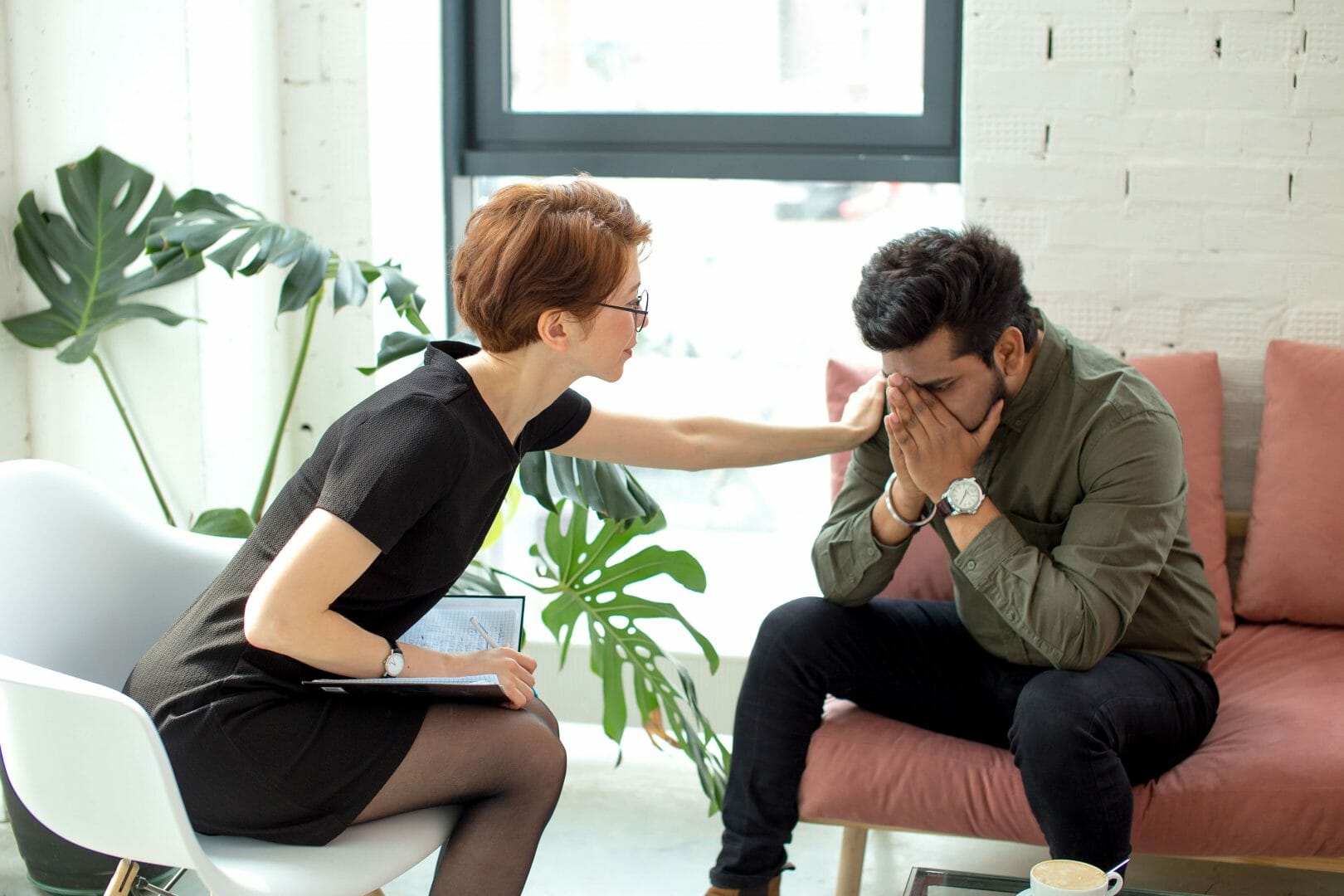
Psychotherapy for Tramadol Addiction treatment
Psychotherapy, often called talking therapies, refers to a wide range of treatments to help people recover from addiction and psychiatric or mental health disorders. The goal of psychotherapy is helping individuals understand the feelings that trigger certain actions and behaviours. Understanding feelings and emotions is the first step to changing behaviour. (7, 8)
Call our admissions line 24 hours a day to get help.
Coping-focused psychotherapy
Coping-focused psychotherapy teaches clients positive methods to cope with problems like depression, anxiety, panic and relapse prevention. This type of therapy uses techniques based on scientific research and includes many forms of cognitive-behavioural therapy. (6)
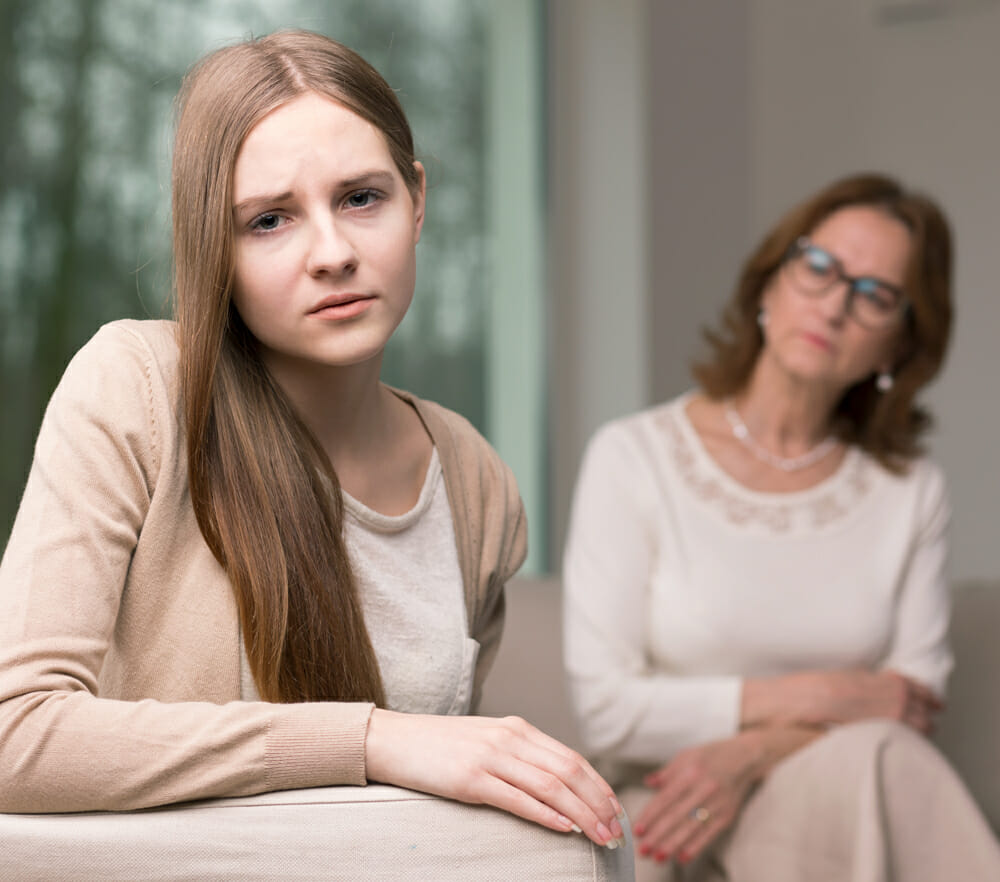
Sessions with a counsellor should be secure and comfortable after clients develop rapport and trusting relationships with them. People in recovery use counselling sessions to work through challenges or decisions in daily life. Many counsellors integrate drama, music, art and exercise into treatment programs. (6, 8)
Social skills/interpersonal/growth psychotherapy
Psychotherapy focused on social skills, interpersonal relationships and growth helps clients become socially mature. Therapists teach clients to deal with others appropriately in social settings. Many people struggling with substance abuse have poor interpersonal skills and self-destructive tendencies. This type of psychotherapy often takes place in groups to help clients practice healthy communication. (6)
Exploratory psychotherapy
Exploratory psychotherapy helps clients reveal the link between their current behaviour and past experiences such as trauma, violence or abuse. This type of psychotherapy can be traumatic because it deals with painful events in the past. (6)
Individuals with fragile psyches or in the midst of treatment for mental health disorders in addition to substance abuse may not be ready for exploratory psychotherapy. It is not always necessary for clients to uncover past traumas, but exploratory or exposure psychotherapy may be beneficial for individuals with anxiety or disorders based on trauma. (6)
Types of psychotherapy used in tramadol addiction treatment
Psychotherapy covers many types of therapy and interventions. One of the main components is providing a safe environment to discuss feelings and past experiences. Therapists encourage clients to share shameful and emotionally toxic events in order to control emotions attached to those events. Clients gain empowerment and self-esteem as they progress through psychotherapy. (6, 8)
Most psychotherapies teach coping skills to manage symptoms of addiction and provide an environment for clients to find interpersonal support. The therapist demonstrates a model of a trustworthy relationship and offers guidance and structure. Clients work through personal problems and learn to recognize healthy and unhealthy relationships outside of therapy. (6, 8)
- ACT (acceptance and commitment therapy)
- Art therapy
- Cognitive behavioural therapy
- Counselling
- Dialectical behaviour therapy
- Experiential therapy
- Family therapy
- Fitness therapy
- Group therapy
- Holistic therapy
- Individual therapy
- Meditation
- Music therapy
- Psychodynamic therapy
The Recovery Process
Acknowledging that addiction is a problem is the first step in recovery. Sometimes this acknowledgement comes after a terrible experience: losing a job, being arrested or losing a relationship. Finding support can make the difference between successful and failed recovery. Support does not necessarily mean NA meetings or group therapy; it can come from online groups, a doctor, friends or relatives. (8, 11)
Active treatment usually starts with detox. Medical assistance during detox eases withdrawal and provides constant support so relapse is much less likely. Post-acute withdrawal syndrome, or PAWS, is the next step after detox. PAWS is the stage of withdrawal after the acute physical symptoms are over. Common symptoms of PAWS include irritation, panic, anxiety, insomnia, depression and finding concentration difficult. This is the period when support communities are very important. (7, 8)

Many recovering substance users feel sad and lonely during the first months without using their drug of choice. It may feel like nothing will ever be as enjoyable as it was when drugs were involved. This mourning phase is normal, and it will pass. They key to progressing through this stage into long-term recovery is finding new routines, friends and activities that provide joy and excitement without drug use. (7, 8)
Elements of recovery
The motivation to change and stick to recovery from substance abuse usually occurs when the cost of drug use outweighs the benefits. People must also believe that change is possible. Satisfaction in life comes from a sense of meaning and purpose. Most people have conflicting priorities. The path to recovery becomes clearer after identifying the priority with the highest value. (7, 12)
Many choices in life involve giving up some things to gain other things. Giving up addiction sounds strange, but it really is a matter of deciding to give up drug use and everything that goes with it. The motivation to change is strengthened by evaluating risks and benefits of recovery and addiction. Recovery becomes the preferred choice when it becomes clear that addiction will lead to losing something very valuable. (7, 12)
- Developing hope
- Secure base
- Sense of self
- Supportive relationships
- Empowerment
- Social inclusion
- Coping skills
- Giving meaning
How Long Are Tramadol Rehab Programs?
The length of tramadol rehab varies depending on the severity of the addiction, individual preference and other factors such as finances and personal circumstances. Inpatient programs range from 30 to 90 days, although treatment can be extended beyond 90 days in some cases. (2, 4)
Outpatient programs vary significantly. Substance users may choose a tapering or maintenance program using medications such as methadone or buprenorphine. Tapering involves slowly decreasing the amount of medication until it dwindles to nothing. Some people choose to taper over two or three months, while others taper over six months to a year. Maintenance medications can be taken for months or years because they do not have a built-in end date. (2, 4, 9)
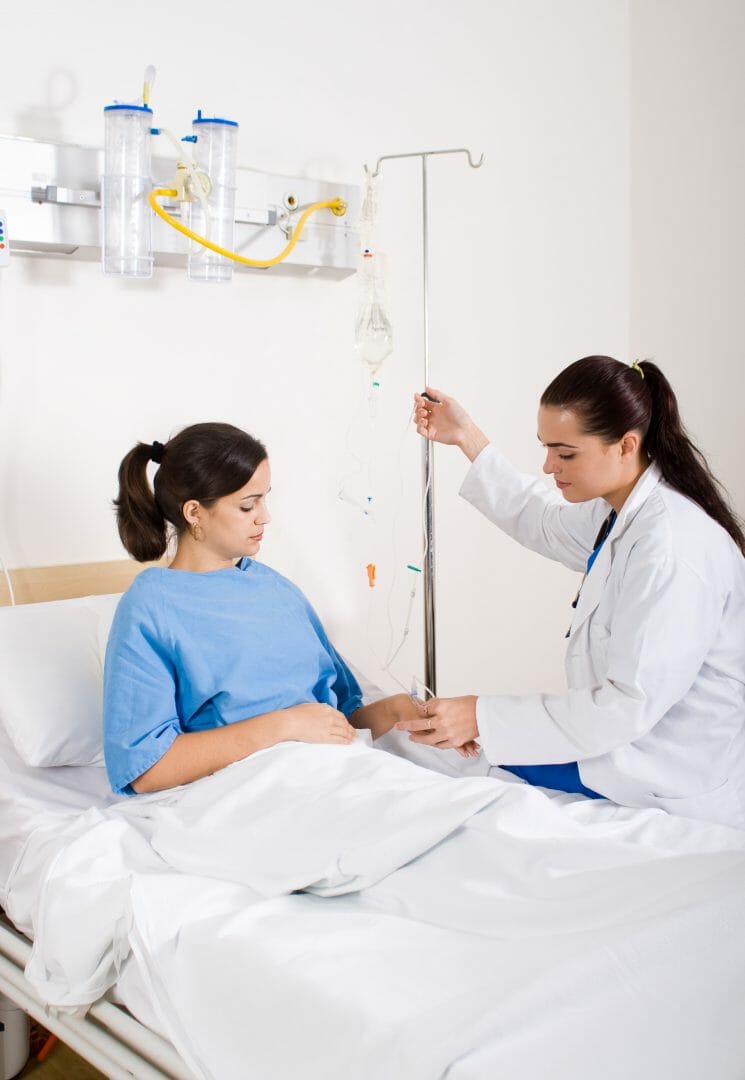
What Does Tramadol Rehab Cost in the UK?
The cost of treatment programs in the United Kingdom is based on location, quality of accommodations and services or facilities available. Tramadol rehabilitation treatment starts around £4,000 to £6,000 for private rehab. A 28-day residential program costs approximately £2,000. This includes a 7-10 day detox program, therapy, medications, food and living space. (4)
Some treatment centres can offer lower prices, but several facilities charge much more than £2,000. The NHS offers a range of services, and low-cost counselling is available in many areas. (4)
Addiction can lead to spending hundreds or thousands of pounds every month for drugs. People who cannot afford full treatment might have the financial means to pay for specific stages of treatment. The price of a standard detox program starts at £2,500. Some therapeutic services are available for £5,000. (4)
Call our admissions line 24 hours a day to get help.
Tramadol Addiction Recovery and Aftercare
Aftercare is not a required part of addiction treatment, but it is very strongly advised. People in recovery are most susceptible to relapse within the first year. Aftercare usually consists of 20 sessions with a counsellor. The counsellor assists individuals in planning a stable lifestyle to stay focused on recovery. (10)
The first days after treatment can be overwhelming. Aftercare counsellors address drug cravings and other strong emotions triggered by return to everyday life without the structure of rehab. Aftercare greatly increases the likelihood of remaining in recovery and avoiding relapse. Aftercare is available with only 10 counselling sessions as well. This option lets people with meagre financial resources access services during the most fragile period of recovery. (10)
Recovery and community
People recovering from an addiction should not spend a lot of time alone. Avoiding relapse is difficult without other people to offer support. The social aspect of recovery is just as important as the clinical or treatment aspect. It is very important that substance users do not leave treatment and return to social circles that encourage drug use. (6, 12)
Family and friends strongly influence successful recovery from a substance abuse disorder. An individual’s immediate community is a very effective aspect of treatment if family, churches, friends, healthcare providers and other community members form a support network. Community-based addiction recovery focuses on increased quality of life after addiction so recovering addicts are motivated to stay clean. Addiction recovery is not sustainable if preventing drug use is the only goal. People in recovery need to thrive and find success and happiness. (7, 12)
Support groups
Sustaining recovery after treatment can be very challenging. Relapse may feel inevitable at times. Support groups are an invaluable resource in maintaining recovery. Friends and family can be an important part of a support network, but they do not have to be. The 12-step groups take a spiritually based approach. Secular support groups include SMART Recovery, Women for Sobriety and Lifering Secular Recovery. (11)
12-step
Narcotics Anonymous, or NA, is a 12-step programme focused on abstinence. It is a voluntary organization that helps recovering addicts find support. Meetings can be open to everyone or limited to addicts only, which means only people personally struggling with addiction can attend. (11)
NA is non-religious but encourages members to achieve a spiritual awakening on the path to recovery. Everyone is equal, and members help each other follow the 12-step programme. Members work at their own pace, and no one is forced out because of relapse. Most chapters only ask that attendees are clean for at least 24 hours before attending a meeting. (11)
Ready to Start Rehab?
The aspect of addiction that causes problems and resistance to treatment is substance users’ belief that they can stop whenever they want. The first step in recovery is accepting that drug use is no longer a choice and quitting is not a matter of willpower. Addiction can destroy personal relationships, finances and employment. Legal difficulties are often a result of addiction too. Avoiding or fixing negative consequences of addiction starts with recovery. (7)
Take control of your life — get started on the road to recovery
Friends and family might encourage drug use if they are struggling with addiction themselves. Friends and family that do not use drugs or alcohol may not understand that overcoming addiction is not simply a matter of quitting. Recovery helps substance users develop skills to deal with either situation. (1, 7)
Recovery alleviates some of the loneliness or shame associated with addiction. Individuals in recovery meet many other people facing the same struggle. Rehab can have a hefty price tag, especially private treatment facilities, but addiction has a high price tag too. Rehab saves money in the long run by eliminating the need to buy drugs and helping people in recovery achieve stable employment. (1, 8, 12)
The risks associated with substance abuse are so extensive that people with drug or alcohol addiction die at a higher rate and at much younger ages than the population in general. It may be even more frightening to realize that substance abuse increases the chance of harming loved ones financially, emotionally or physically. Sometimes substance abuse, or the underlying causes that led to addiction, triggers feelings of hopelessness. Recovery starts the process of clearing the fog of hopelessness and finding joy in life again. (1, 7, 8)
Call our admissions line 24 hours a day to get help.
Sources
- (1) https://www.addictionhelper.com/treatment-rehab/
- (2) https://www.addictioncenter.com/addiction/addiction-in-the-uk/
- (3) https://www.addictionhelper.com/treatment-rehab/private-rehab
- (4) https://www.addictionhelper.com/treatment-rehab/questions-and-answers/how-much-does-rehab-cost/
- (6) https://www.mentalhelp.net/addiction/treatment/
- (7) https://www.mentalhelp.net/addiction/psychology-of-motivation/
- (8) https://www.mentalhelp.net/substance-abuse/psychotherapy/
- (10) https://www.addictionhelper.com/treatment-rehab/aftercare/
- (11) https://ukna.org/content/what-na
- (12) https://www.mind.org.uk/information-support/drugs-and-treatments/
No matter where you live, there is a drug rehab center that can help you overcome your addiction. We'll help you find it.
Select a County



